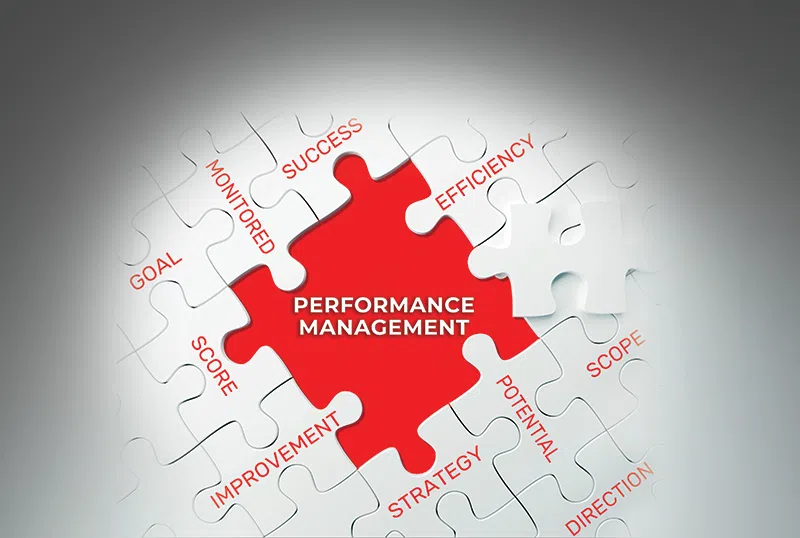Prepare a three-stage plan now to avoid damage to your company's reputation, assets, and future.
As the owner/operator of an HVACR company, you can be thrown into a crisis situation, often without warning. Crises have the potential to threaten public safety, increase financial expenditure, damage reputation, and impact sustainability. It is critical for management in the early hours and days of a crisis to strategically and expertly take proper decisive action.
Crisis management is the process of surviving and containing any catastrophic or chronic accident; and if your company does not have a crisis-management plan, then multiple aspects of your business are vulnerable to the threats listed above. A company’s crisis management plan (CMP) should be divided into three phases: pre-crisis, crisis response, and post-crisis review.
1. Pre-Crisis
Planning for a crisis involves putting into place procedures, equipment, and reference tools that will ensure your ability to bring a crisis under control quickly with minimum damage. Your company will be better able to handle crises when you implement preparation best practices such as:
Having a written CMP and updating it at least biannually: A CMP should include key contact information, reminders of what typically should be done in a crisis, and forms to use to document the crisis response. Where your business is located, the assets you own, the size of your company, who your suppliers are and where they are located, and any other factors that could cause a crisis should be considered. For instance, do you live in a hurricane-prone area? Plan for what would happen if a damaging hurricane hit.
Is there a nuclear power plant down the road? Plan for what would happen if the area had to be evacuated for an unspecified amount of time for a plant problem. Is a key supplier in an area that is prone to flooding or earthquakes? Plan a backup supplier in the event your key supplier can’t deliver goods.
Also, plan for unpleasant-butpotential crises, such as the unexpected death of the company owner or an employee, or an injury or death caused by an employee. Finally, all businesses rely heavily on electricity, the Internet, and computing technology to do just about everything. Yet, we have all witnessed how vulnerable these are. What if your business lost power AND important customer data stored on a server? How would you alert customers and others about what is happening?
Having a designated crisis management team that is properly trained: Typically, team members are highly skilled and include individuals from information technology, public relations, legal, security, human resources, operations, and finance. Identify potential team members in advance based on their skills, expertise, and knowledge. Then, depending upon the type of crisis, create the crisismanagement team based on needed response.
Conducting training exercises at least biannually to test the effectiveness of your CMP and the management team’s readiness: Your CMP will be worthless if it exists on paper only. Simulation exercises, inventory of resources, and testing of communication response channels will ensure team members make good decisions and act appropriately in the event of an actual crisis.
Pre-drafting select crisis management messages: Create templates of statements by top management; leave blank areas where key information can be inserted once known. Management should also use both the Internet and an intranet, less running the risk of appearing ineffective and ill prepared.
2. Crisis Response
Crisis response is what management does and says after the impact of a catastrophic event. Crisis communication and reputation repair must be a part of any crisis response strategy. Best practices for crisis communication include:
Be quick: Try to have initial response within the first hour. An early response positions the company as a source of information and is an opportunity to present its side of the story. An active response shows the company is in control.
Be accurate and consistent by carefully checking all facts: People want accurate and consistent information about the event and how it might impact them. Preparation and training of key spokespersons speaking in one voice limits the risk of inaccurate and inconsistent information being communicated to the public.
Use all available communication channels: Web sites, intranets, and mass notification systems add to media coverage and help to provide a quick response. Mass notification systems deliver short messages to customers and stakeholders through a mix of phone, text messaging, voice messages, and e-mail.
Be ready to provide stress and trauma counseling to victims and their families, including employees: When a crisis results in injuries or death, a trauma team should be deployed as soon as possible. If your company’s reputation will suffer from the crisis, consider using one or more of these frequently used reputation-repair strategies:
Compensation/Provocation: Management offers money or other gifts to victims as illustrated by ConAgra’s donation of $100,000 to a United Way fund for employees after a 2009 explosion resulted in death and injuries of ConAgra employees. (A contractor had purged gas lines of a new water heater without using a detector.)
Apology: Spokesperson indicates the organization takes full responsibility for the crisis and asks for forgiveness. The antithesis of this is BP CEO Tony Hayward’s words (“I’d like my life back.”), which angered Gulf residents who were still stunned from the death of 11 oil platform employees and a seemingly insurmountable environmental disaster in their backyard. Organizations should be seen as caring and sympathetic toward local residents, in this case those most directly affected by an oil-rig explosion and massive oil spill.
Accidental: Lack of control over events can lead to improved policy and procedures — as illustrated by the March, 2010, fatal natural gas explosion at Kleen Energy, which lead to the Chemical Safety Board cautioning natural gas power plants and other industries against the venting of high-pressure gas in or near work sites. The procedure, although commonly used, is inherently unsafe. Post-Crisis Review In this phase, the company returns to business as usual. Although the crisis is no longer the focal point of management’s attention, there is important follow- up communication that is required to either initiate or continue reputation repair. Best practices to consider in a post-crisis phase inclue:
Delivering all information promised to stakeholders as soon as information is known: Failure to disclose promised findings from internal investigation of cause of accident may result in a lost of trust from public resulting in possible closing of business or relocation due to negative impact.
Keeping stakeholders updated on the progression of recovery efforts, including any corrective measures being taken and the progress of investigation: The amount of followup communication depends on the amount of information promised during the crisis, length of time it takes to complete recovery process, and pending litigation.
Analyze the crisis-management efforts for lessons and integrate those lessons into the revised precrisis and crisis response stage: Crisis management efforts need to be evaluated to see what worked and what needs improvement. While a catastrophic or chronic accident can begin as a threat to public safety, property, and the environment, effective crisis management can minimize the negative impact and, in some cases, allow the company to emerge stronger and better prepared for subsequent crises.



